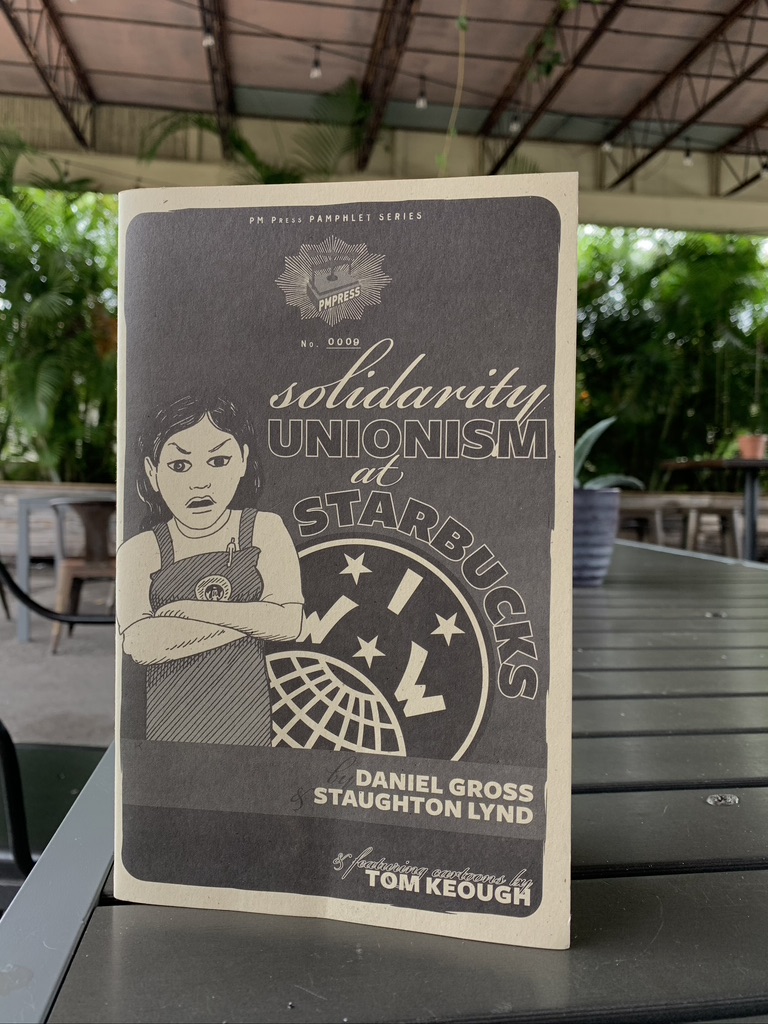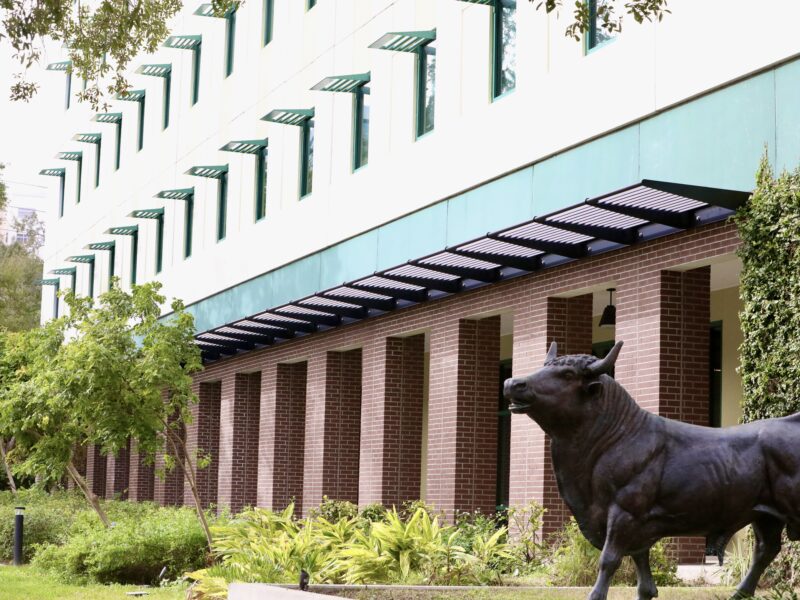Pictured above: A 2010 pamphlet chronicles both the struggles and victories achieved by pro-union Starbucks employees.
Courtesy of Molly Ryan | The Crow’s Nest
By Molly Ryan
A recent power struggle between pro-union workers and Starbucks corporate came as no surprise to me – because I’ve worn the green apron for two years.
Baristas in Buffalo, New York, have made headlines with their demands for safer work conditions and higher pay raises from Starbucks; but without a union, those negotiations are very difficult to make.
No Starbucks of its more than 8,000 stores in the U.S. has successfully formed a union.
Though it’s currently receiving international attention, Starbucks’ union controversy has troubled the company for nearly two decades.
In 2004, company employees made their first attempt at forming a union when a Manhattan store claimed $7.75 per hour was far from a living wage for its baristas.
Manhattan baristas subsequently formed the Starbucks Workers Union through the Industrial Workers of the World (IWW) and submitted a petition for certification to the National Labor Relations Board (NLRB).
However, the IWW withdrew the petition from the NBLR, initiating an arduous and unfinished battle between union-seeking baristas and the Starbucks corporation.
In 2010, prominent Starbucks organizers Daniel Gross and Staughton Lynd published the pamphlet “Solidarity and Unionism at Starbucks,” chronicling both the struggles faced and the progress made by those advocating for a stronger union in spite of corporate’s efforts to suppress unionization.
“Utilizing the principles of solidarity and unionism, any group of coworkers, like the workers at Starbucks, can start building an organization to win an independent voice at work without waiting for a traditional trade union to come and ‘organize’ them,” the pamphlet reads.
The pamphlet explains that union efforts were met with an equal and opposite push from Starbucks higher-ups.
“… in a leaked recording of a conference call, the nation’s most prominent union busting lobbyist coined a term ‘the Starbucks problem,’ as a warning to business executives about the risk of working people organizing themselves and taking direct action to improve issues at work.”
Even at the local level, what was relevant 17 years ago is still relevant now.
USF St. Petersburg graphic design junior and local Starbucks barista, Carter Cashman, said they “didn’t even know there was” a Starbucks Workers Union with “how hard Starbucks cracked down on union-related ideas.”
Cashman said they thought “it wouldn’t be possible for one to exist.”
A recent BBC article reported that, amid the recent demonstrations in Buffalo, President of Starbucks North America Rossann Williams held “anti-union” focus groups on company time, leaving would-be union representatives feeling “spied-on.”
“I once made a joke about unionizing while at work,” Cashman said. “[I] was told that if I said something like that again my manager might report and/or fire me.”
While Starbucks union pressures have accomplished health care benefits and tuition-free education through Arizona State University, the battle continues as a recent boom in Starbucks sales – paired with a lack of adequate staffing and product shortages – put extra strain on baristas across the country.
“Yet, while Starbucks says it respects the baristas’ right to organize, the company also said it feels that it is ‘unnecessary’ for them to unionize given its ‘outstanding’ compensation and benefits,” BBC reported.
“Since Starbucks is such a large corporation, I think it would be beneficial to have an established intermediation in order to ensure that the rights of the employed are not being infringed upon, and that they are receiving adequate compensation and benefits,” Cashman said.
While I’ve recently promoted myself to customer, these issues remain important to me as a Starbucks veteran. My parting wish is to one day see a better world for baristas everywhere.



